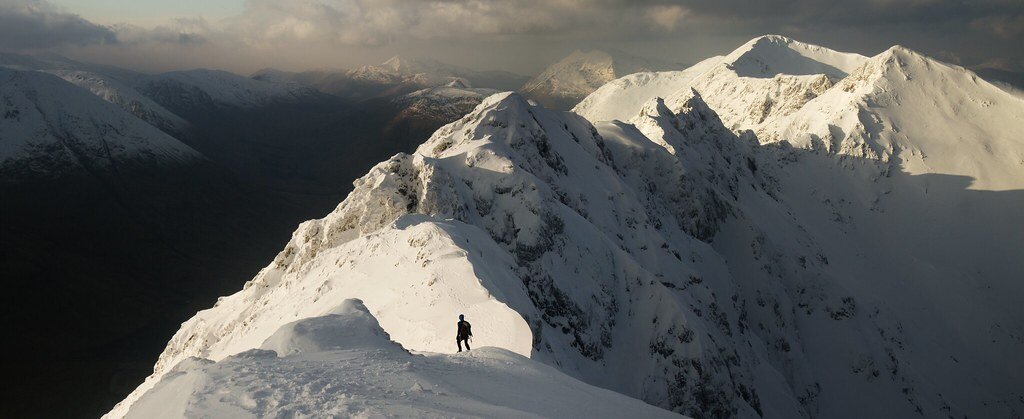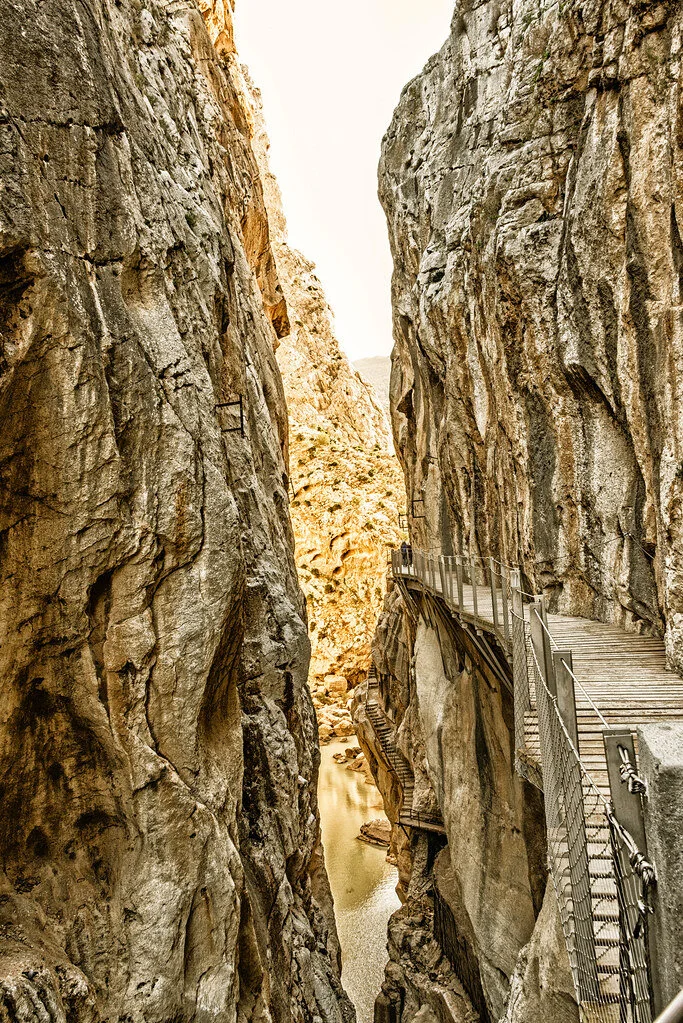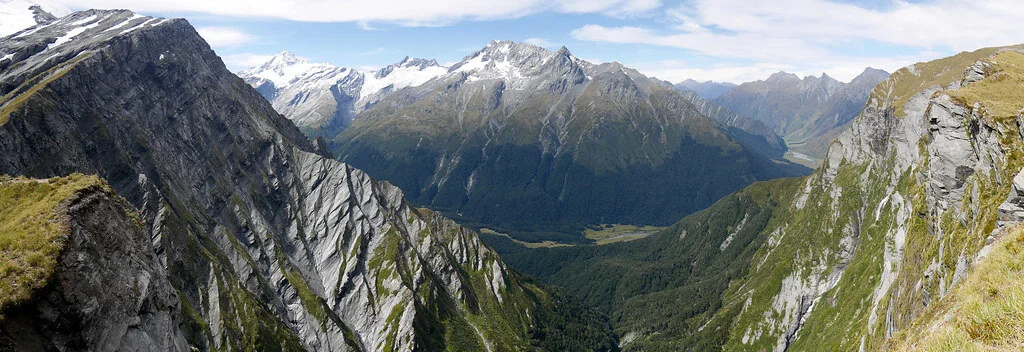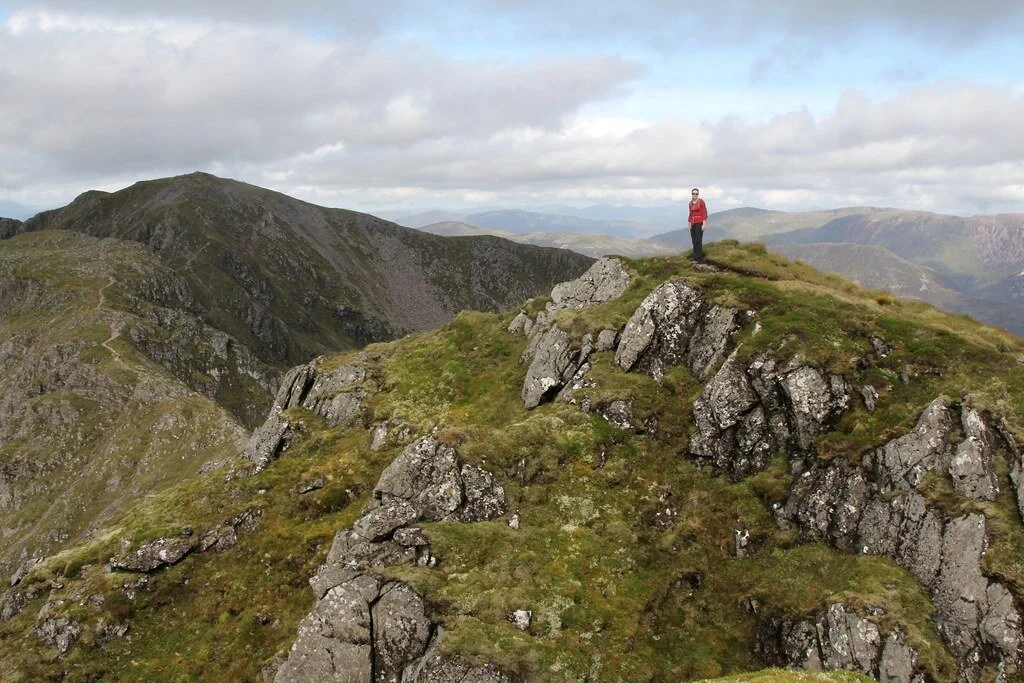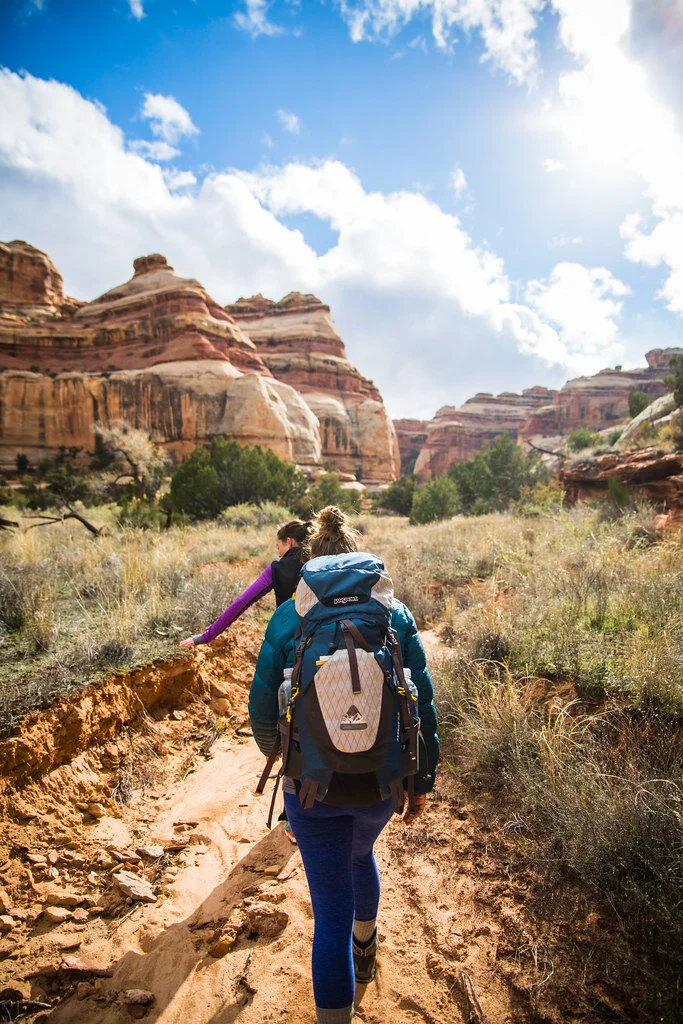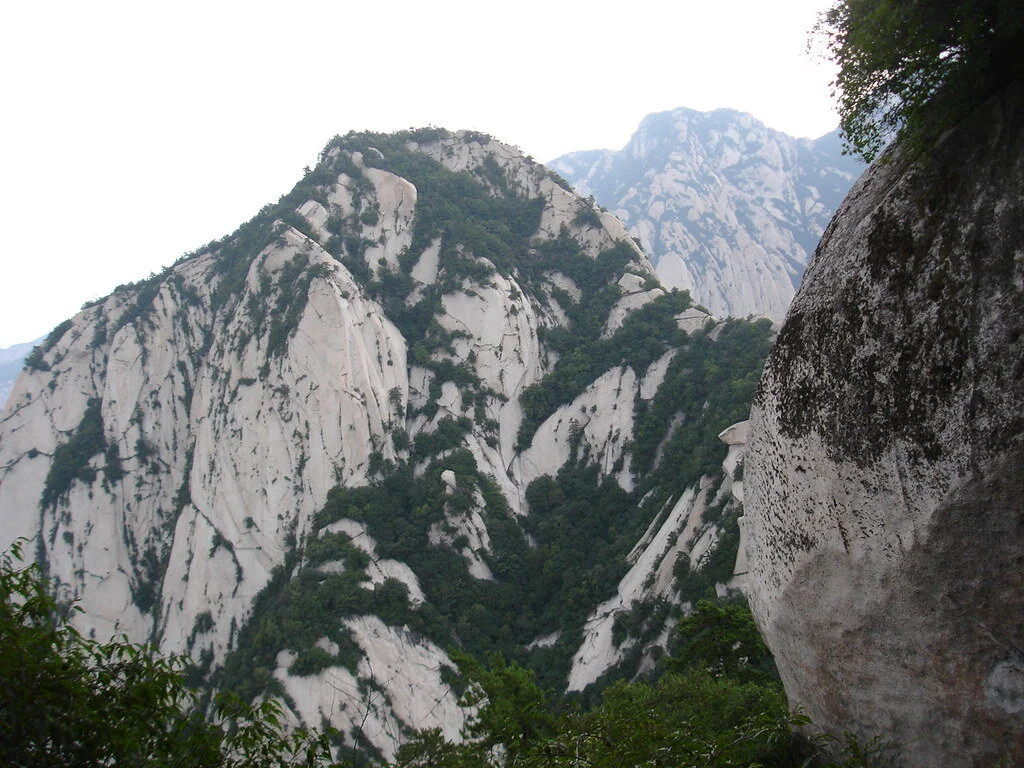Everyone loves a good hike, but some trails around the globe stand out due to the intense challenges that they provide. The following five hikes should not be attempted by novice hikers.
Aonach Eagach, Scotland. Andrew Marshall. CC BY-NC-SA 2.0.
Hiking can test our physical and mental limits, and is a powerful cardio workout that is proven to boost your mood. While it can be fun to test yourself and get your adrenaline flowing and blood pumping, there are some hikes around the world that can cause serious injuries if you are not careful.
These five hiking trails are not for the faint-hearted and should not be attempted by novice hikers.
El Caminito del Rey, Spain. Arthur Harrow. CC BY-NC-ND 2.0.
1. El Caminito del Rey, Spain — 4.8 miles
The name of this hike translates to “The King’s Little Pathway,” and it once was one of the world’s most hazardous footpaths. This aerial path is suspended 100 meters high against the walls of a gorge,. It was originally built from 1901 to 1905 between the waterfalls of Gaitanejo and El Chorro to move materials and workers to the local hydroelectric dam. The trail is named “The King’s Little Pathway” because, in 1921, King Alfonso XIII opened it to visitors and traveled along the walkway to the Conde de Guadalhorce dam.
The Caminito del Rey route runs through cliffs, canyons and large valleys. The area is inhabited by a wide variety of plant and animal species, such as Egyptian vultures, griffon vultures, golden eagles and wild boar. The path takes about three to four hours to walk, starting in the town of Ardales and ending in Álora.
The path closed to hikers in 2001 when five people fell to their demise into the river below. Fences were since built into the renovated path and it reopened in 2015.
Cascade Saddle. Tom@Where. CC BY-NC 2.0.
2. Cascade Saddle Route, New Zealand — 29.9 miles
This trek takes almost two days, or four to five days if you choose the expert route. Built in 1939 and located in the Matukituki Valley area and Mount Aspiring National Park in the Otago region, the route travels through scenery featured in the Lord of the Rings films, so many visitors flock to this route for photo opportunities.
The Cascade Saddle route is an alpine crossing recommended for experienced trampers. It is also recommended to hike it only in good weather during the summer. The Department of Conservation advises hikers to begin from the Matukituki side of the route, since ascending is much safer than descending. There are various different routes to take from there.
However, this route can be very dangerous in some parts, where the ground is slippery and unstable—especially when it is raining. Furthermore, there is danger of avalanches from June to November. Check the New Zealand Avalanche Advisory website before you go.
Several hikers have been injured on this trek, and some have even died. If you go, be sure to have the right skills and experience to make the decisions best for you along the trek—you must also bring the proper equipment.
Aonach Eagach ridge. mr__fox. CC BY-NC-ND 2.0.
3. Aonach Eagach, Scotland — 6 miles
Located near Kinlochleven in the Scottish Highlands, the Aonach Eagach trail features beautiful wildflowers and mountainous scenery. However, it is also a hard, exposed scrambling ridge between Am Bodach and Stob Coire Lèith. Getting to the summit requires endurance, hard work and lots of climbing. The ridge is 3,126 feet high, making this trail one of the U.K.’s toughest ridge walks.
The trail is only recommended for very experienced hikers in good weather conditions. The rocks can get very slippery in rainy conditions, and side paths are often extremely hazardous and difficult to return from. Over the last 10 years, there have unfortunately been many deaths on the trail, the most recent being in 2017.
The trail is best done east to west, and those who push through the experience are rewarded with the view of a lifetime.
Backpacking in Utah. Zach Dischner. CC BY 2.0.
4. The Maze, Utah, USA — 2.9 miles
Although short, trails in the Maze are ancient and lead into various different canyons. Located near Gunlock, Utah, the Maze Overlook Trail requires basic climbing skills in order to navigate steep portions of rock. A 25-foot length of rope also comes in handy to raise or lower packs in difficult spots.
The Maze sees only 2,000 hikers per year since it is so remote and is the least accessible hike in the Canyonlands. The best time to go is in the spring, when temperatures are lower.
The Maze is quite literally a maze of intertwined canyons and dead-ends. The routes do not have beaten trails and they often weave up and over canyons, which are extremely difficult to traverse. Water sources in the Maze are also very limited. Part of the danger comes from how it can take rescuers up to three days to reach hikers because the path is so remote.
The highlight of this difficult and remote path is the view. Hikers will be able to see the Colorado River and Green River converge from atop a massive desert rock in a breathtaking view. Visitors can also see petroglyphs (prehistoric rock carvings) from ancient human history.
Mount Huashan. Jinjian Liang. CC BY-NC-ND 2.0.
5.Mount Huashan, China — 12.2 miles
Located near Huayin in the Shaanxi province of China, Mount Huashan trails are not very trafficked due to their narrow peaks and dangerous, steep paths. However, the trails feature beautiful wildflowers and scenery, as well as built-in steps and light poles.
Mount Huashan is known to be one of China’s five sacred mountains and one of the most popular pilgrimage sites for Chinese people. It is also considered by many to be the original place of Chinese civilization and is praised as the “Root of Huaxia (China).” The famous plank walk is 7,070 feet high and located on the mountain’s highest peak. There are many different trails to follow in the mountain, but the Changkong Plank Trail is the most dangerous and thrilling. The 700-year-old trail is only 12 inches wide.
The first few miles of the trail are a gradual ascent until Thousand Foot Narrow, and then the trail becomes narrow and steep toward the North Peak. There are many places to stop to experience breathtaking sunrises or sunsets and mountainous scenery. This trail is meant for only very experienced hikers.
Isabelle Durso
Isabelle is an undergraduate student at Boston University currently on campus in Boston. She is double majoring in Journalism and Film & Television, and she is interested in being a travel writer and writing human-interest stories around the world. Isabelle loves to explore and experience new cultures, and she hopes to share other people's stories through her writing. In the future, she intends to keep writing journalistic articles as well as creative screenplays.

